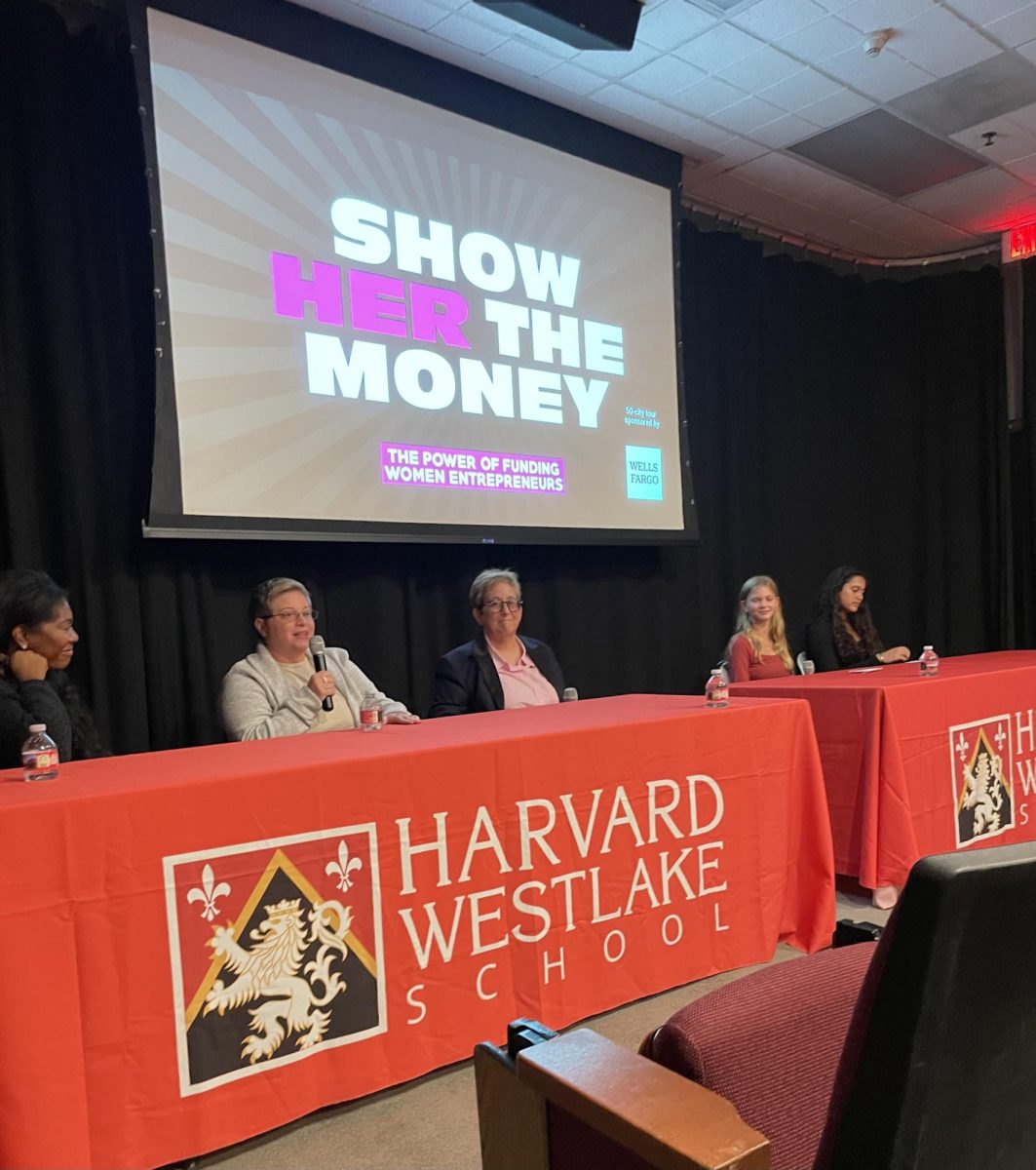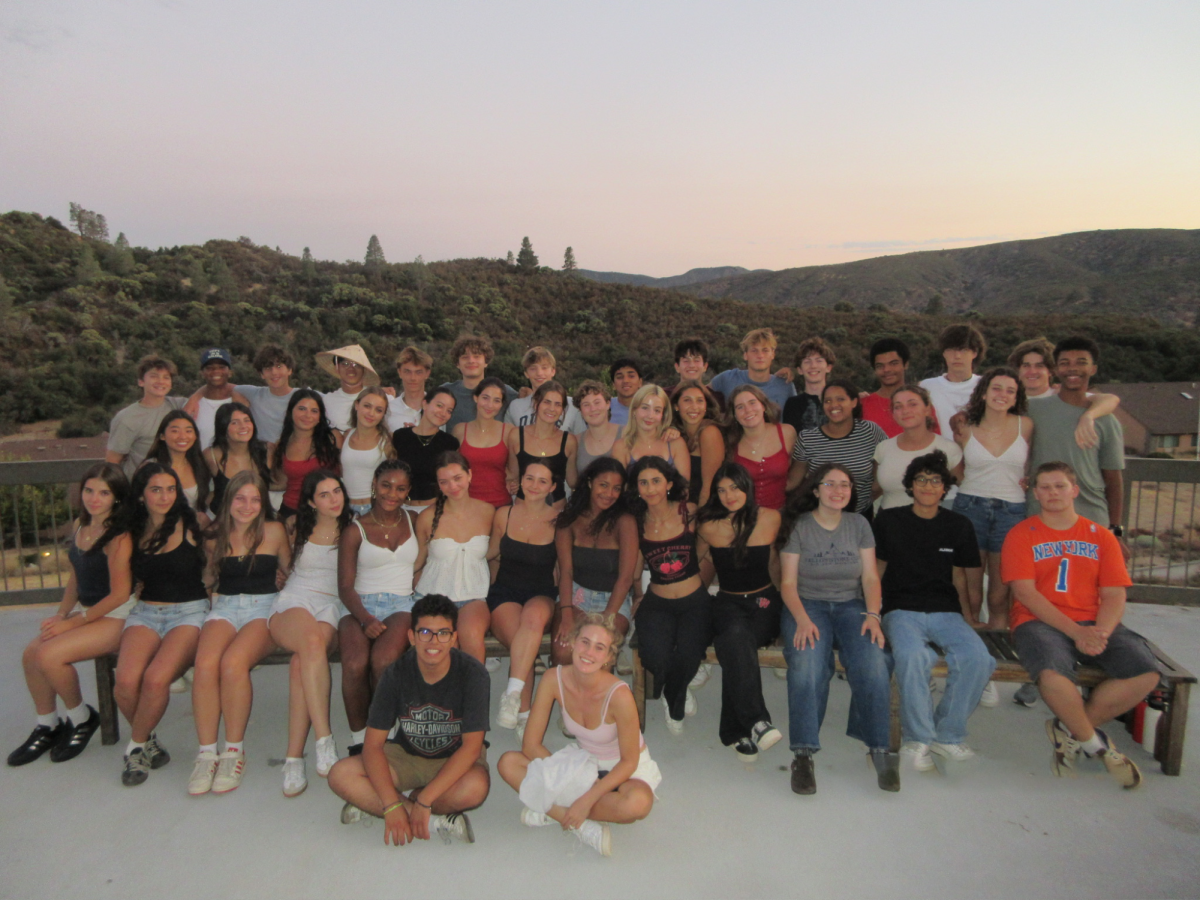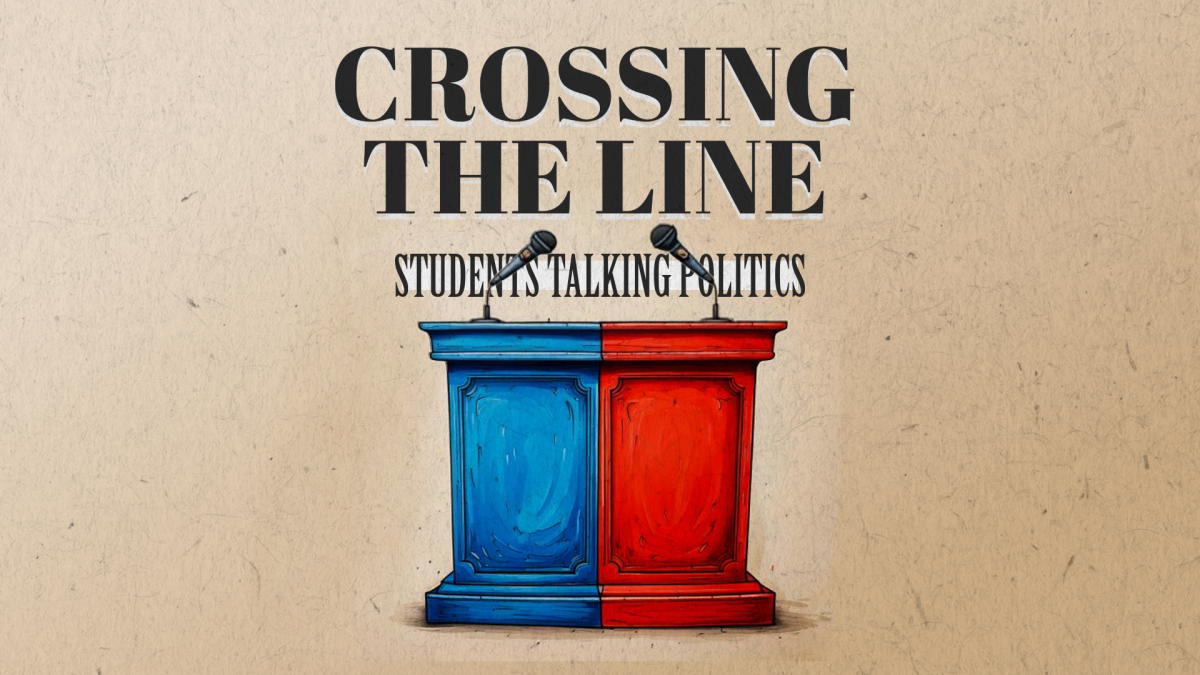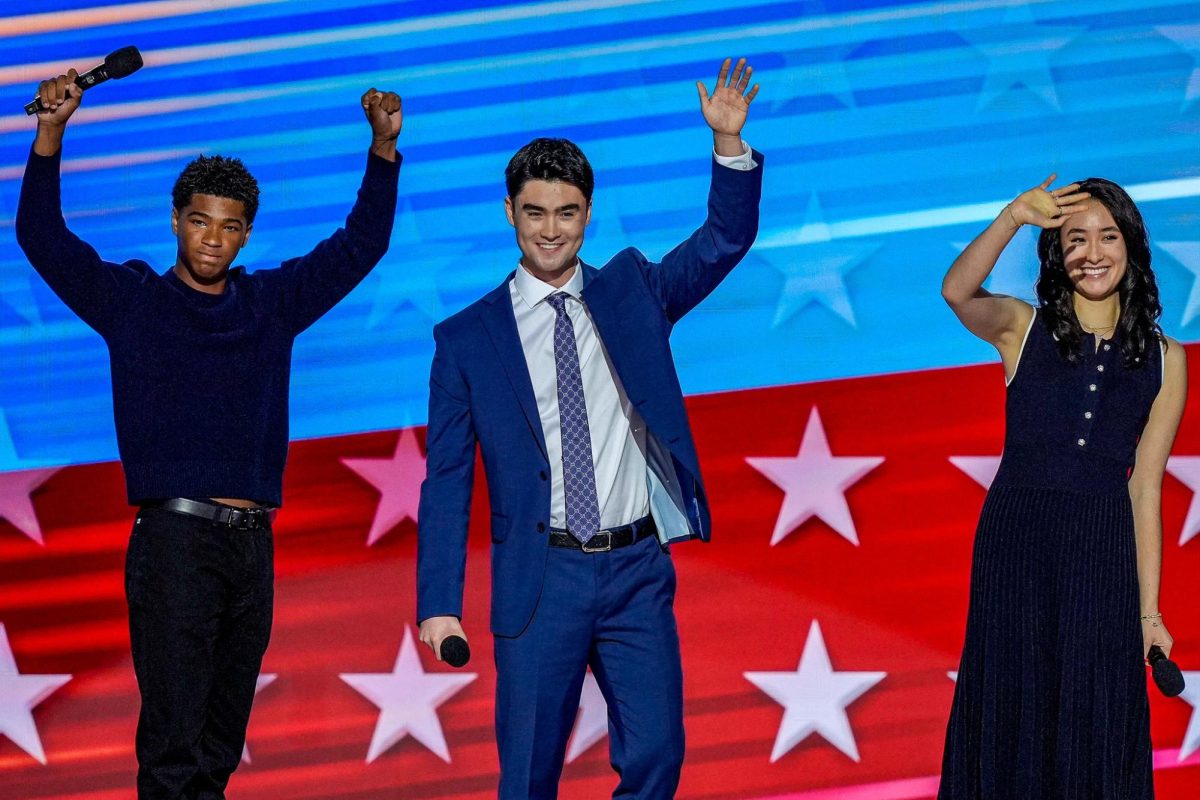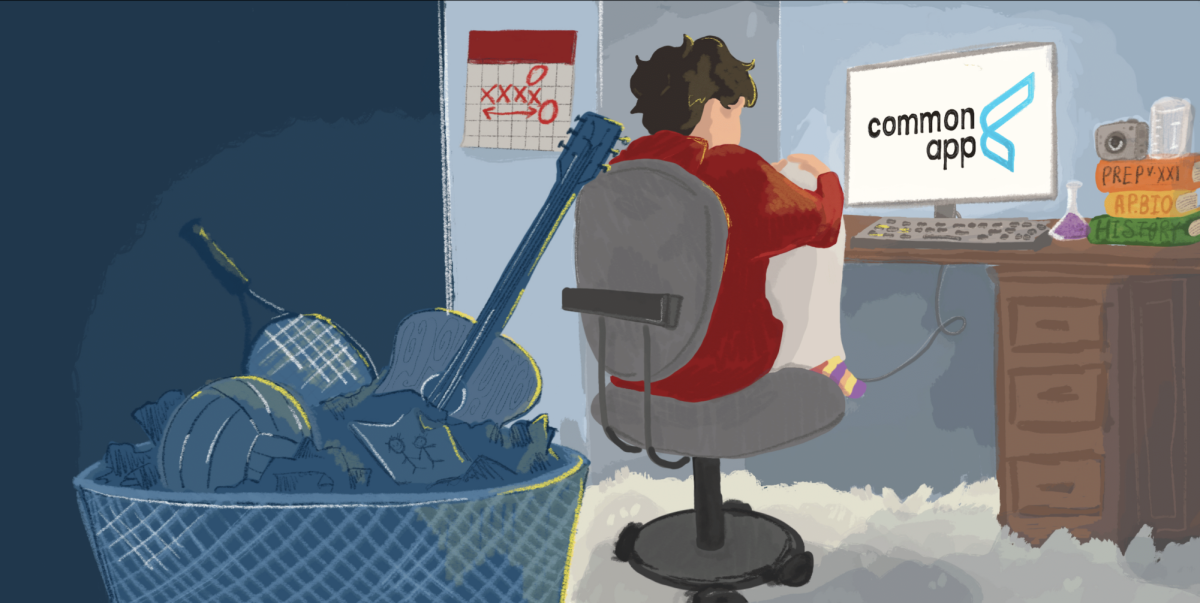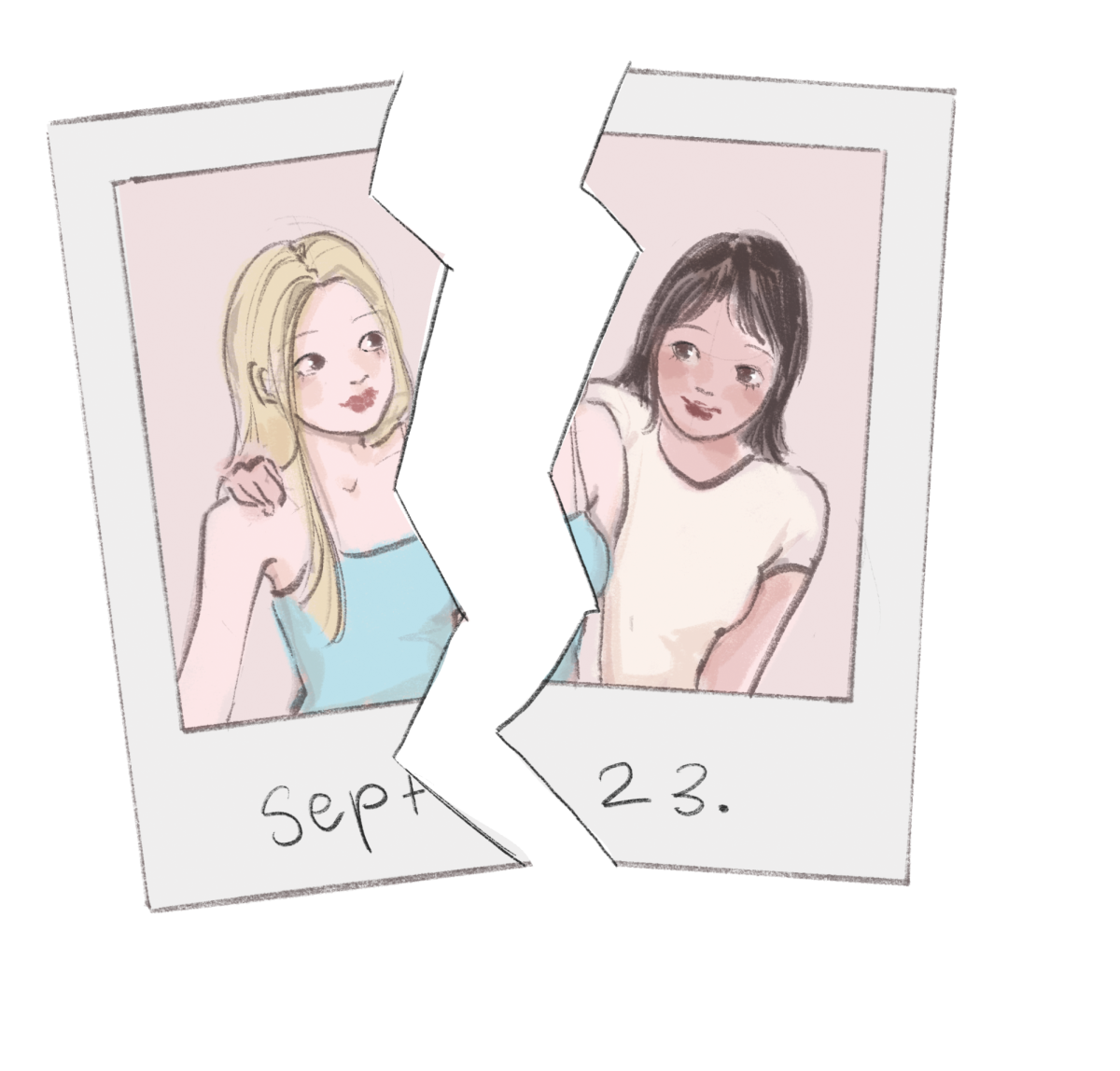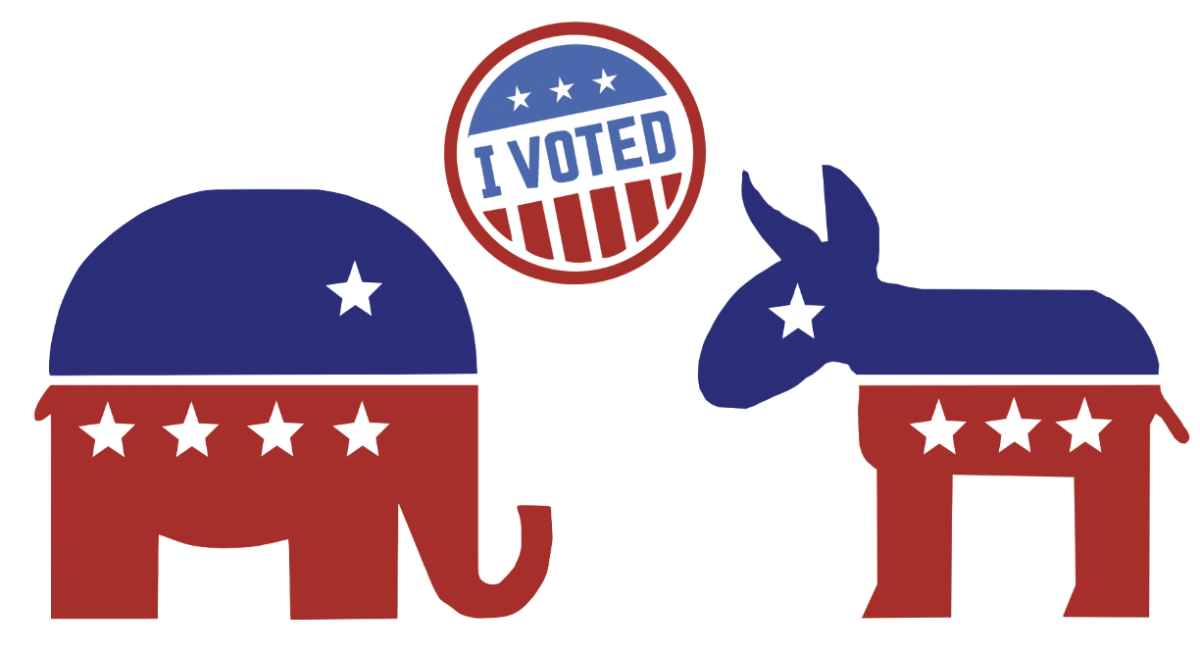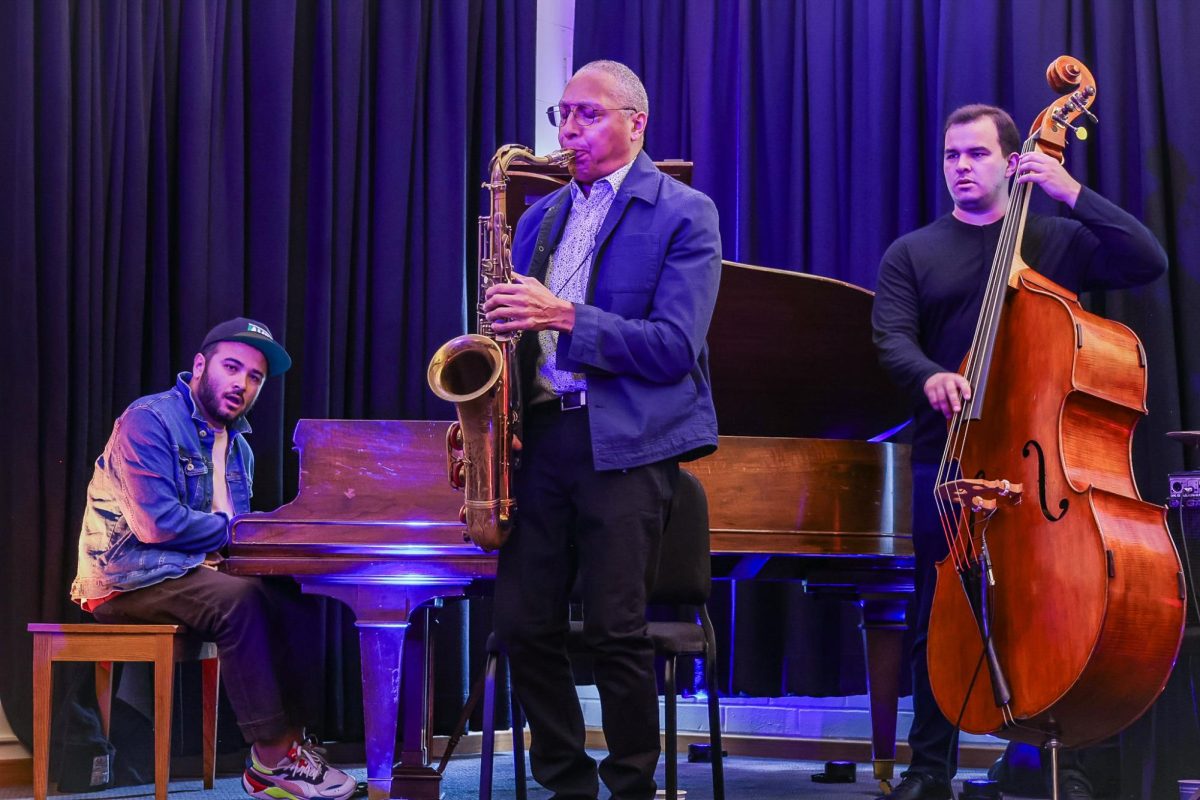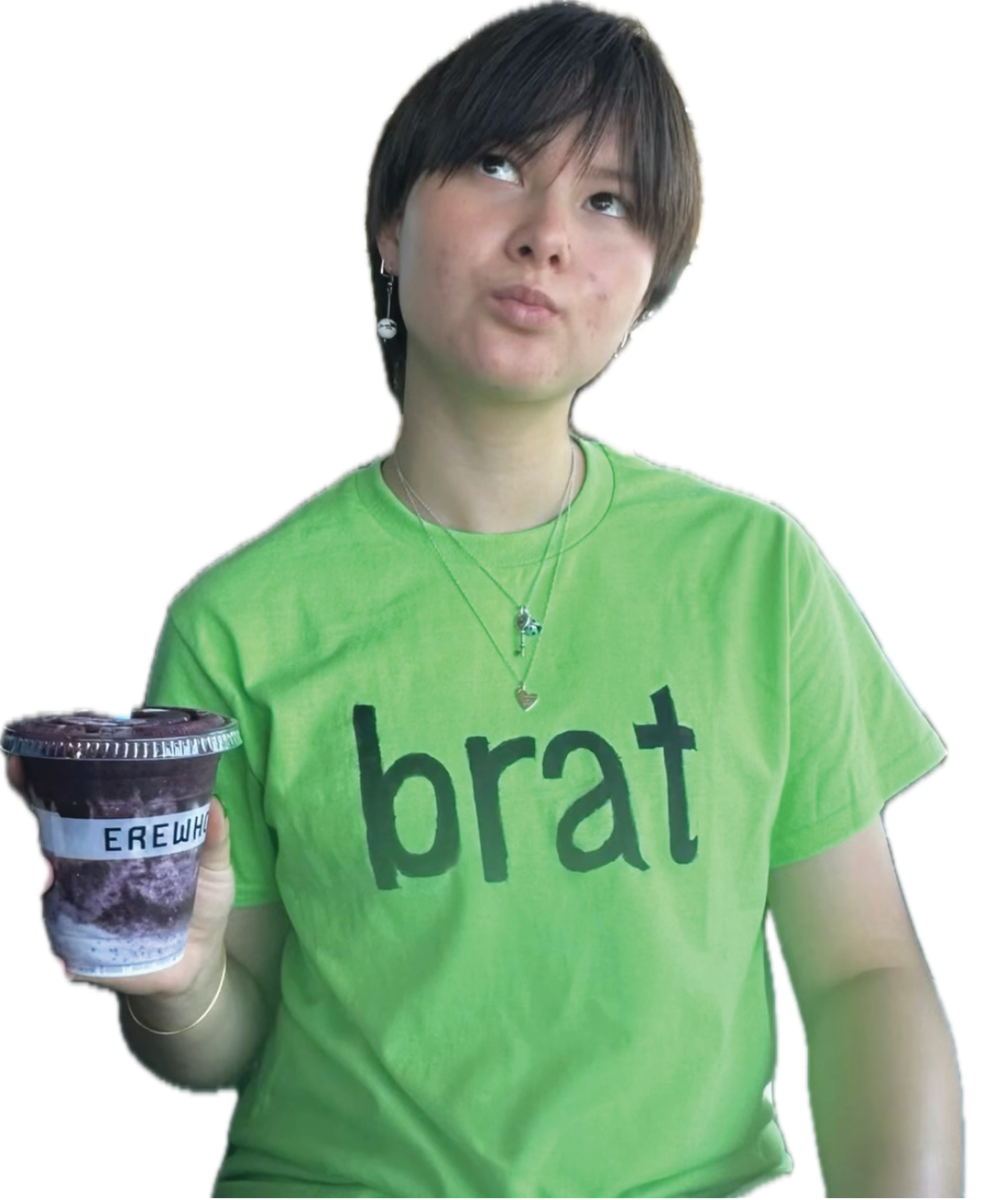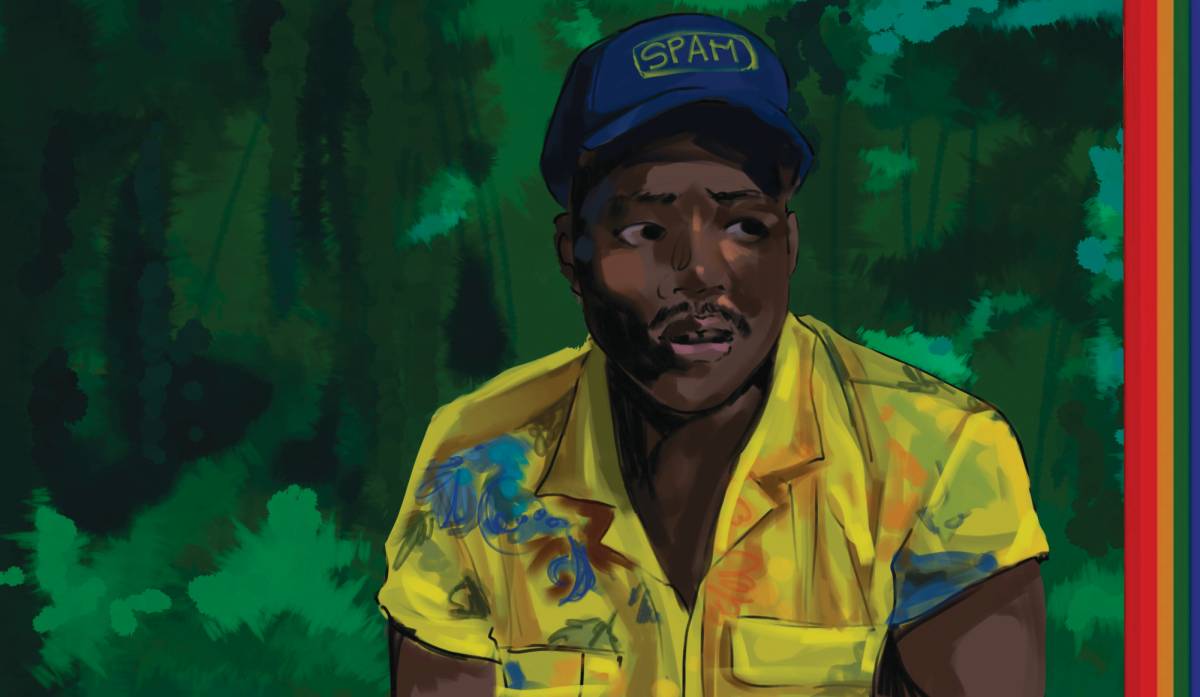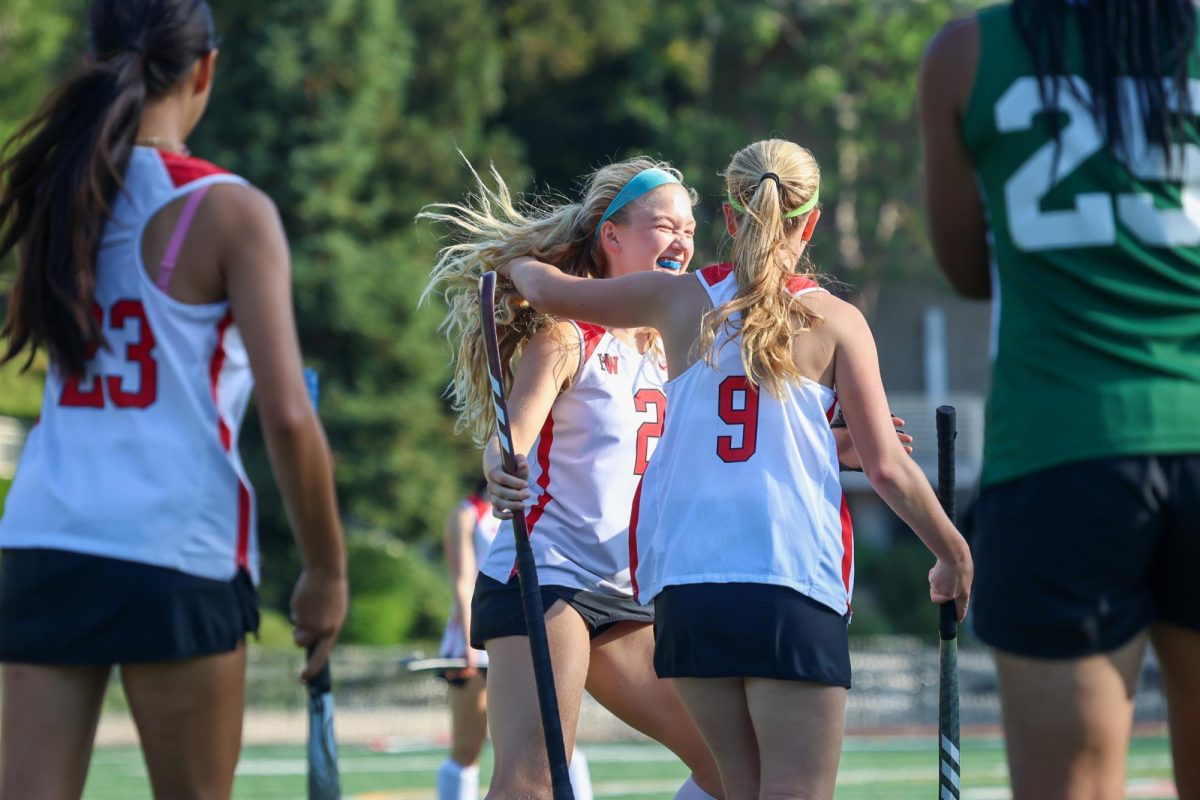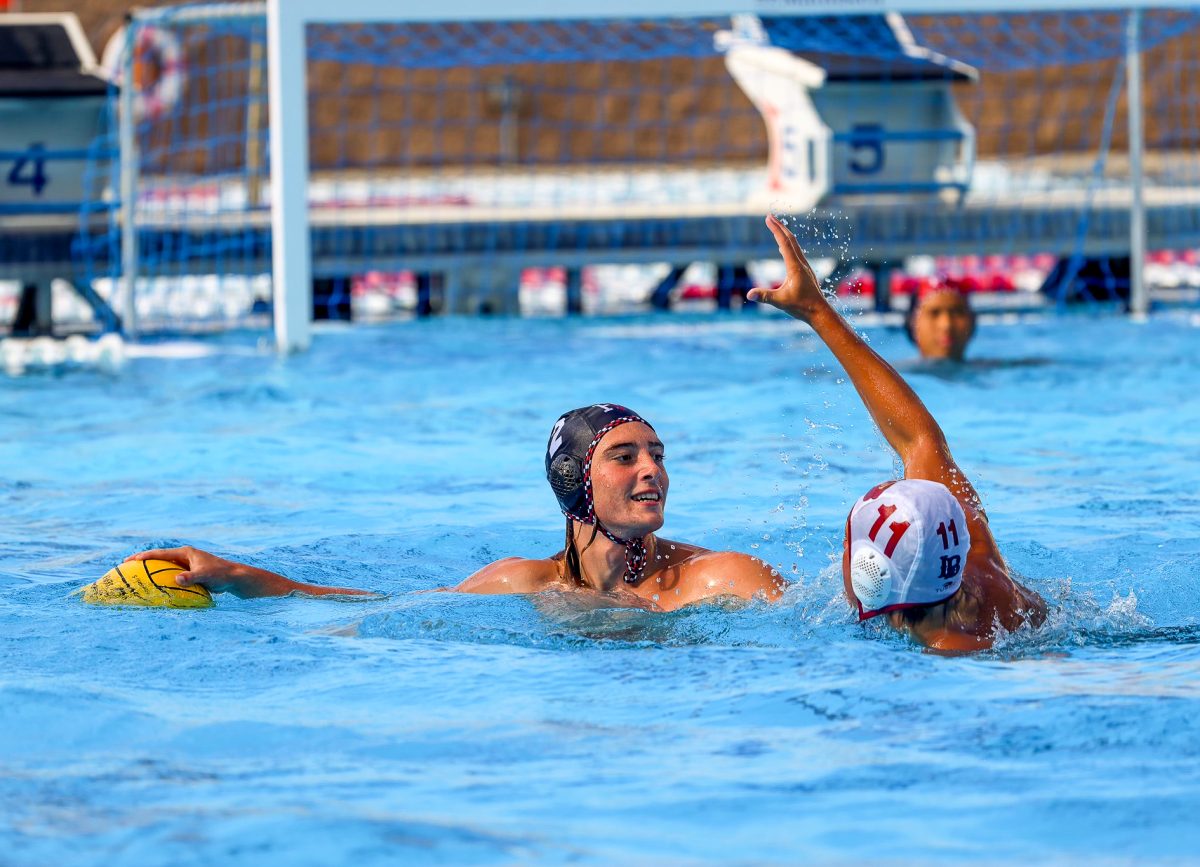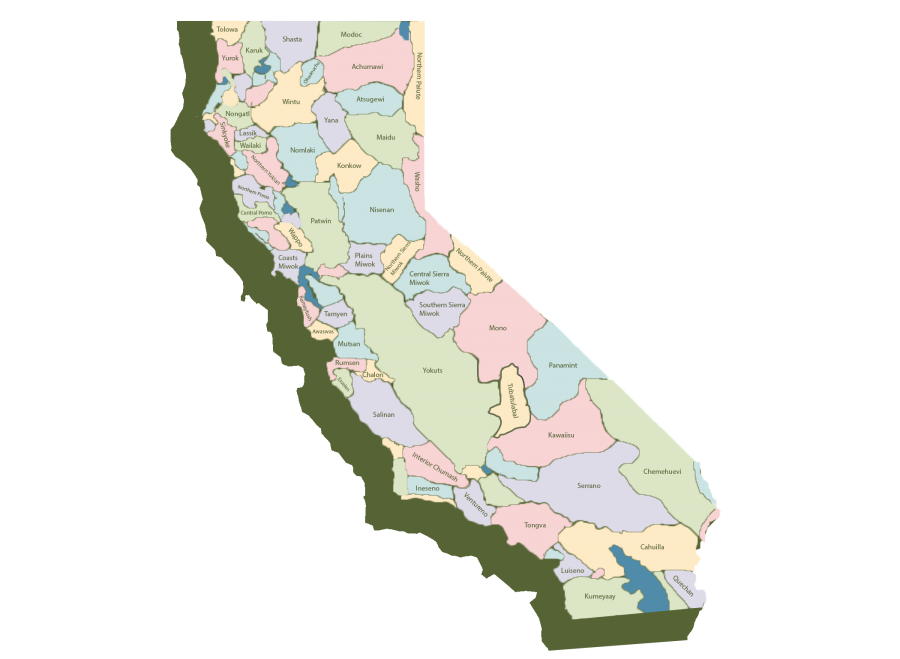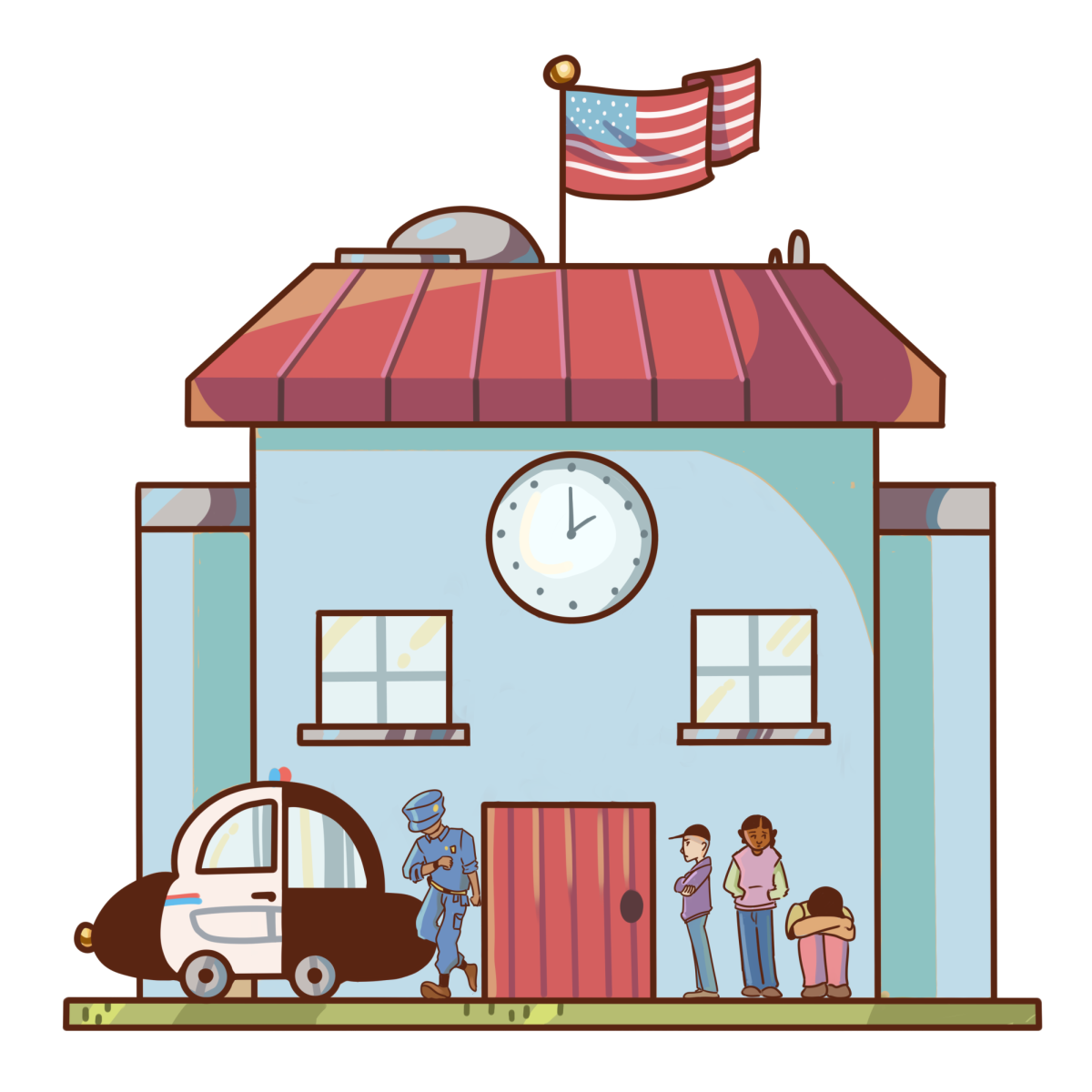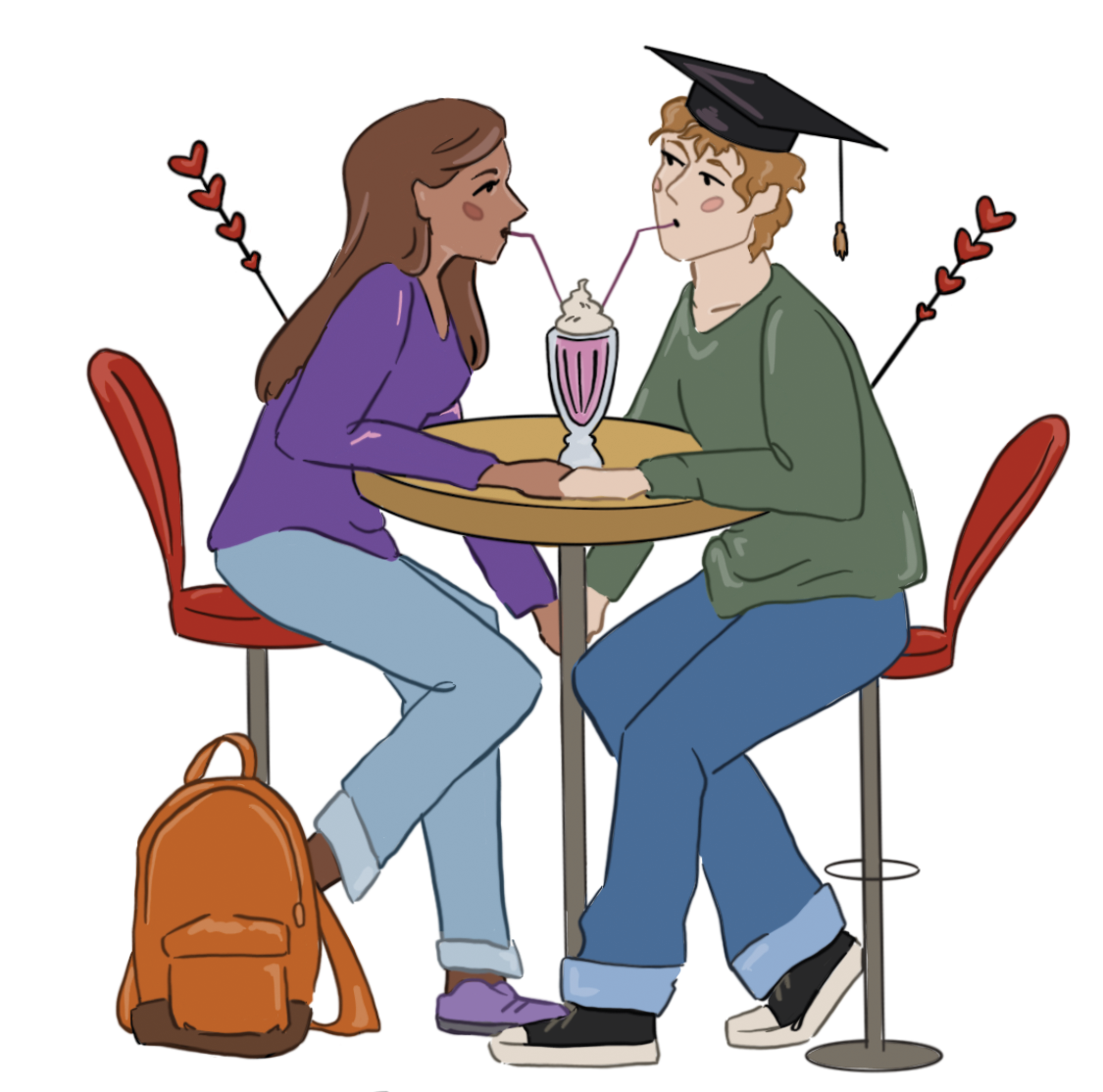3700 Coldwater Canyon Ave. in Studio City, California is the ancestral territory of the Chumash, Tongva, Fernandeño Tataviam and other Native American peoples, according to Native Land Digital. Now, it is the site of the Harvard-Westlake Upper School, where 12 students out of 1,624 self-identify as Native American, according to Director of Diversity, Equity and Inclusion Janine Jones.
November was National Native American Heritage Month, a time to celebrate Native American cultures and acknowledge the contributions Native Americans have made to the development of the United States. Although the holiday was established in 1990 under former President George H.W. Bush, Native Americans have advocated for similar forms of recognition for over a century.
Aaron Mieszczanski speaks about diversity in the admissions process.
In Los Angeles County today, 1.4% of the population identifies as “American Indian and Alaska Native alone,” which is 0.5% higher than the national percentage of 0.9%, according to the U.S. Census. Director of Admissions Aaron Mieszczanski said self-identifying Native American students make up less than 1% of the student body.
He said the admissions department aspires to match the diverse makeup of the county in the students they admit but are limited by admissions factors such as the composition of the applicant pool.
“I [would not] imagine in years past we’ve been much higher than [0.7%],” Mieszczanski said. “I think as a rule of thumb for us, and what we kind of aim for, is to be representative of what Los Angeles County looks like […] We’re not the only institution or school that would love to be more representative of many different backgrounds, but we’re sort of in line with what’s represented within the county. The other interesting thing, too, is that there are the numbers that represent the county, and then there’s the number of people that have school-age children, and then the number of people that are interested in an experience like [attending Harvard-Westlake], the number of people who apply and then the number of people who get in. That’s not a very big number [to begin with] for that population, and then it gets smaller and smaller and smaller.”
Mieszczanski said the admissions department strives to make those from marginalized groups feel welcome at the school.
“When we do see people who are applying [to the school] who are from really underrepresented backgrounds, we pay attention to that,” Mieszczanski said. “That’s not only Native American families, but that’s people from all different kinds of backgrounds who we want to feel like this is their home, too.”
Dara Weinberg speaks of her efforts to acknowledge the history of the land the school is on.
Since she started working at the school two years ago, English teacher Dara Weinberg ’00 has included a land acknowledgment, which is a written recognition of both the ancestral history and the current claims to the land, in her class syllabi every year. She said the incorporation of land acknowledgments has become more common as a result of the school’s anti-racism initiative, which the administration accelerated over the summer. Weinberg said she spoke to between 20 and 40 faculty members for feedback on the land acknowledgment she wrote this year. However, she said her current version is incomplete and would require direct communication with leaders of California Native American tribes in order to be truly finished.
“I think it can take a while for people to become comfortable with making these statements, and maybe there’s a fear of, ‘Am I going to say it wrong?’” Weinberg said. “But I’ve also come to believe that, especially this year, silence in and of itself can be a kind of violence or a kind of mistake. So, I think it can be important to say something […] I think that that’s better than trying to get it perfect. The next best thing would be engaging directly with California Native American tribes, but that would be a much longer process, and that’s something I hope the school will do at some point.”
Earlier this year over Zoom, Weinberg asked her students to find out which Native American tribes have a land claim to cities they are familiar with. After Weinberg posted an image that stated, “We are on Native land” to her class’s Hub page, the image was criticized on the @wokeathw Instagram account.
“It’s interesting that to some members of our community, this actually might appear surprising,” Weinberg said. “These small gestures can have a large impact, sometimes in ways you might not expect. But if that student who was surprised by [the image] later ends up thinking about it more, that’s not a bad thing. That probably is something that needed to happen.”
Several English teachers include works by Native American authors such as U.S. Poet Laureate Joy Harjo in their poetry and short story units. Students enrolled in English III: The Living American Odyssey and English III: The Living American Revolution, courses offered to juniors, have read “There There” by Tommy Orange, a member of the Cheyenne and Arapaho Tribes of Oklahoma, since the 2019-20 school year.
Josephine Amakye describes how a book changed her perspective.
Josephine Amakye ’21 read “There There” in her English class last year. In a phone interview, she said the book opened her eyes to the extent to which Native Americans are underrepresented in many aspects of society.
“I don’t think I know someone who identifies as part of the Native American community at Harvard-Westlake or [outside of the school],” Amakye said. “We don’t focus on their perspective. We kind of just focus on the fact that they were people who lost their land. It’s just repetitive, the way we cover them. That’s the same story we keep telling: they lost land, we settled on their land, it sucks, but we move on. Reading [“There There”] was definitely the first time that any lesson has acknowledged the Native American community from their perspective and not from our projections on them.”
According to the school’s website, there are no affinity groups for Native American students, alumni or parents out of the school’s 26 student, alumni and parent affinity groups. However, the lack of representation for those who identify as Native American is not limited to the school, but applies to the country as a whole.
“I don’t think we’re ever really satisfied with representation [in the admissions department],” Mieszczanski said. “We’re proud of the work that we’ve done […] [But,] we’re never really satisfied. I think the group of kids and families who identify as Native American or American Indian are just so underrepresented, probably across almost anything. If they’re counted for something, they’re drastically underrepresented.”

